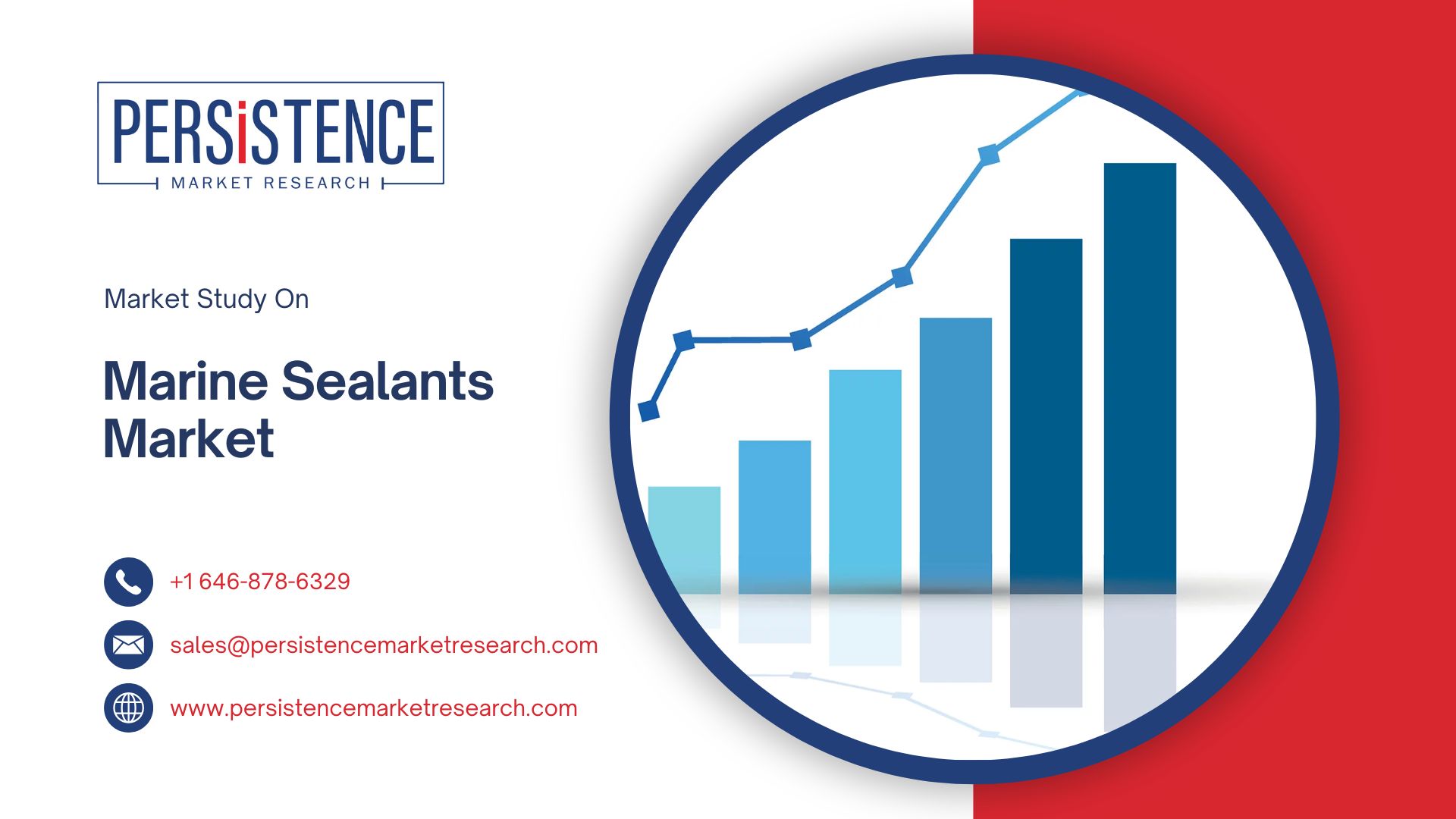 Local SEO Boost – Put Your Business on the Local Map!
Local SEO Boost – Put Your Business on the Local Map!
Trends Shaping the Railway Sleepers Market in 2025
Written by aishwarya » Updated on: June 17th, 2025

The railway sleepers market is on a dynamic trajectory, influenced by technological advancements, sustainability initiatives, and evolving infrastructure demands. As of 2025, several key trends are shaping the landscape of this essential component in railway construction and maintenance.
Market Growth Projections
According to Persistence Market Research, the railway sleepers market is projected to grow from US$ 11.65 billion in 2024 to US$ 18.06 billion by 2031, reflecting a compound annual growth rate (CAGR) of 6.5% during this period.
Shift Towards Sustainable Materials
Environmental concerns are driving the adoption of sustainable materials in sleeper production. Traditional wooden sleepers, while effective, raise issues related to deforestation and durability. In response, there's a notable shift towards composite sleepers made from recycled plastics and other eco-friendly materials. These alternatives offer enhanced durability, resistance to environmental factors, and a reduced carbon footprint. India, for instance, is emerging as a significant market for railway composites, given its demand for long-lasting materials that minimize maintenance costs and withstand wear and tear.
Technological Advancements and Smart Sleepers
The integration of technology into railway infrastructure is leading to the development of "smart sleepers." Equipped with sensors, these sleepers monitor track conditions in real-time, providing data on stress, temperature variations, and potential structural issues. This proactive approach facilitates predictive maintenance, enhances safety, and optimizes operational efficiency. As rail networks expand and modernize, the demand for such intelligent infrastructure components is anticipated to rise.
Expansion of High-Speed Rail Networks
The global push towards high-speed rail (HSR) systems necessitates sleepers that can withstand higher operational demands. Concrete sleepers are gaining prominence in HSR projects due to their superior load-bearing capacity and stability. Regions like Europe and Asia are at the forefront of HSR expansion, driving the demand for high-performance sleeper solutions. The European railway sleepers market, for example, is expected to experience significant growth between 2025 and 2031, aligning with the region's infrastructure development plans.
Emphasis on Lifecycle Cost Efficiency
Railway operators are increasingly focusing on the total lifecycle costs of infrastructure components. While the initial investment in advanced sleepers, such as those made from composites or pre-stressed concrete, may be higher, their extended lifespan and reduced maintenance requirements offer cost advantages over time. This long-term perspective is influencing procurement decisions and fostering innovation in sleeper design and materials.
Regional Insights and Market Players
The railway sleepers market is characterized by regional variations influenced by infrastructure development priorities, material availability, and regulatory frameworks. In North America, there is a steady demand for wooden and concrete sleepers, driven by ongoing maintenance and upgrade projects. Conversely, Asia-Pacific regions are witnessing rapid adoption of composite sleepers, propelled by large-scale rail expansion initiatives and a focus on sustainability.
Key market players are investing in research and development to introduce innovative products that meet the evolving needs of modern rail networks. Companies are also exploring strategic partnerships and acquisitions to enhance their market presence and technological capabilities.
Challenges and Future Outlook
Despite the positive growth trajectory, the railway sleepers market faces challenges such as fluctuating raw material prices, stringent environmental regulations, and the need for standardization across regions. However, ongoing advancements in material science, coupled with supportive government policies promoting sustainable infrastructure, are expected to mitigate these challenges.
Looking ahead, the railway sleepers market is poised for sustained growth, driven by the confluence of technological innovation, environmental considerations, and expanding global rail networks. Stakeholders across the value chain must remain agile, embracing new materials and technologies to meet the demands of the future railway landscape.
In conclusion, the trends shaping the railway sleepers market in 2025 reflect a broader transformation within the rail industry. As the sector moves towards more sustainable, efficient, and intelligent infrastructure solutions, railway sleepers will continue to play a pivotal role in supporting the backbone of global transportation networks.
Note: IndiBlogHub features both user-submitted and editorial content. We do not verify third-party contributions. Read our Disclaimer and Privacy Policyfor details.
Men's Journal is a rugged and refined lifestyle adventure travel, food and drink Get in touch [email protected] to find out how we can help you reach everyday, affluent, and adventure seeking consumers on Men's Journal
Copyright © 2019-2025 IndiBlogHub.com. All rights reserved. Hosted on DigitalOcean for fast, reliable performance.













